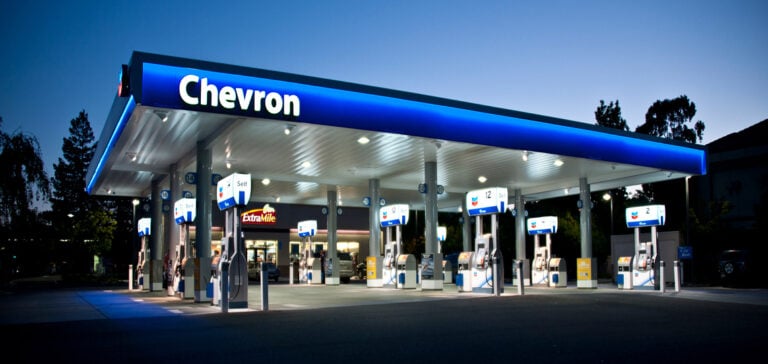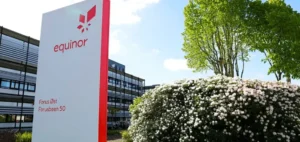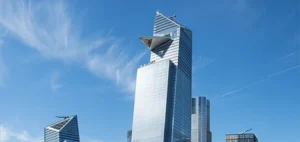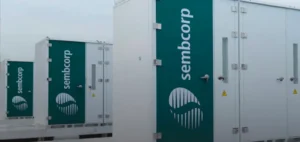Chevron acquires Hess for a whopping $53 billion, according to U.S. energy industry headlines. This spectacular operation was revealed in a joint press release from the two energy giants, and comes shortly after the announcement of ExxonMobil’s $60 billion takeover of Pioneer. A veritable acquisition frenzy is shaking up the sector, and Chevron intends to finance this operation using shares.
While the numbers make the head spin, it’s essential to look at the details of this major transaction, which will have a significant impact on the energy market.
A Strategic Acquisition
This acquisition is part of Chevron’s strategy to diversify its portfolio. High oil and gas prices have contributed to huge profits for the big companies in the sector, and Chevron is no exception. With this transaction, Chevron acquires Hess’s assets in the “Stabroek” offshore oil block off Guyana. This block is particularly coveted, as it contains huge reserves of crude oil. Estimates indicate that it could contain up to 11 billion barrels of oil equivalent, of which Chevron will exploit 30% after the transaction.
A stronger presence
This acquisition is not limited to Guyana. Chevron is also expanding its presence in other key regions. The Group gains a position in North Dakota’s Bakken Basin, renowned for its shale oil. Chevron is also expanding its activities in the deep waters of the Gulf of Mexico and the Gulf of Thailand. This strategic expansion strengthens Chevron’s position in the energy sector.
Economic implications
John Hess, CEO of Hess, plans to join Chevron’s board of directors once the acquisition is finalized. He is convinced that this merger will create a stronger company, with the asset portfolio and financial resources needed to guide the company through the energy transition. The deal should also enable Chevron to increase its share buybacks by $2.5 billion, to $20 billion a year, provided oil prices continue to rise.
Impact on the Energy Market
This spectacular acquisition is the latest sign of the energy industry’s effervescence. The industry giants are looking to consolidate their position and take advantage of historically high oil prices. This trend could have an impact on global energy markets, supply and demand, as well as on pump prices for consumers.
Chevron’s acquisition of Hess is a major operation that redefines the US energy landscape. It illustrates the urgency of the energy transition and the opportunities offered by a booming market. As the astronomical figures continue to circulate, it’s essential to keep a close eye on developments in the energy sector, as they will have an impact on the global economy and environment.
Final Analysis
Chevron’s titanic acquisition is a sign of the rapid evolution of the energy sector. The quest for strategic assets and efforts to make the most of rising oil prices are at the heart of this operation. However, it also raises questions about the consolidation of power in the energy industry and how this could affect consumers, the environment and the energy transition.
It’s essential to remain vigilant and keep a close eye on these developments, as they will have an impact on our energy and economic future. Energy is at the heart of our modern society, and decisions taken in this sector will have long-term consequences. The merger of Chevron and Hess is a landmark event, but it’s only the latest chapter in an ever-changing story in the world of energy.
The energy industry is evolving rapidly, and operations of this scale are a sign of the changes shaping our future. Stay informed to understand the implications of these movements for our economy and environment.






















